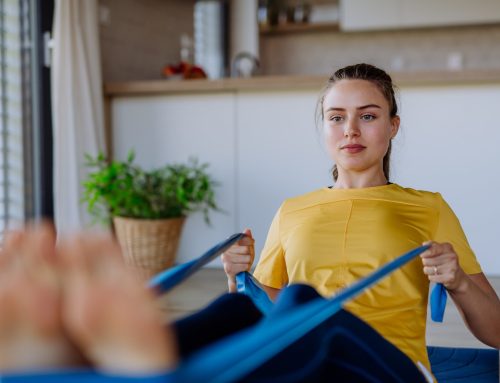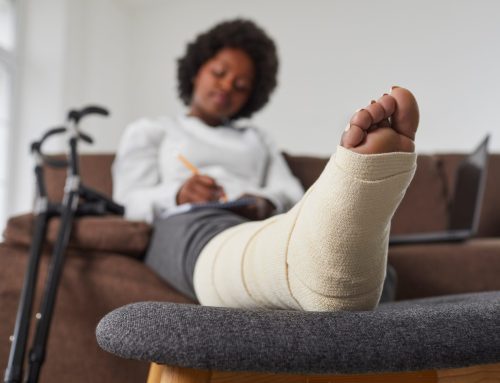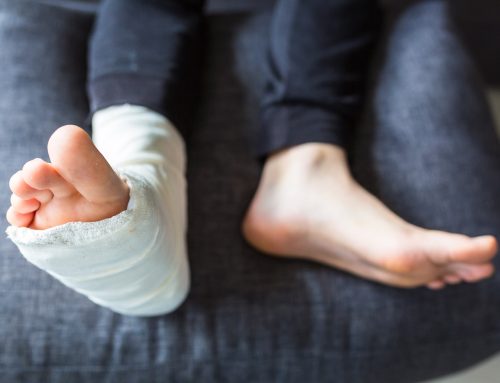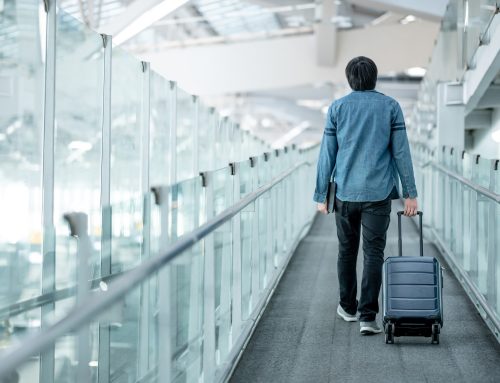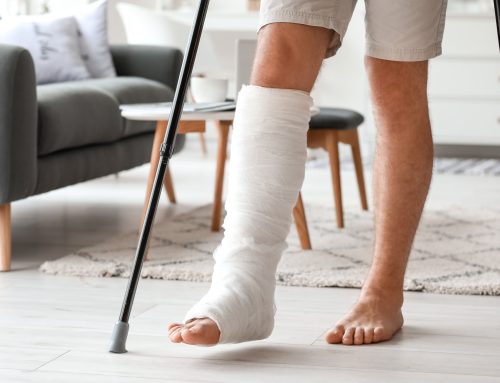When you think of the elderly, you may be picturing someone well into their 80s that has overcome a few health hiccups here and there. But chronologically speaking, you can be considered elderly at age 65. Age is but a number, but it’s critical to pay attention when it comes to your bones. For a healthy adult over 65, you may visit your doctor every 1-3 years for a routine check-up, but when should elderly women get a bone density test?
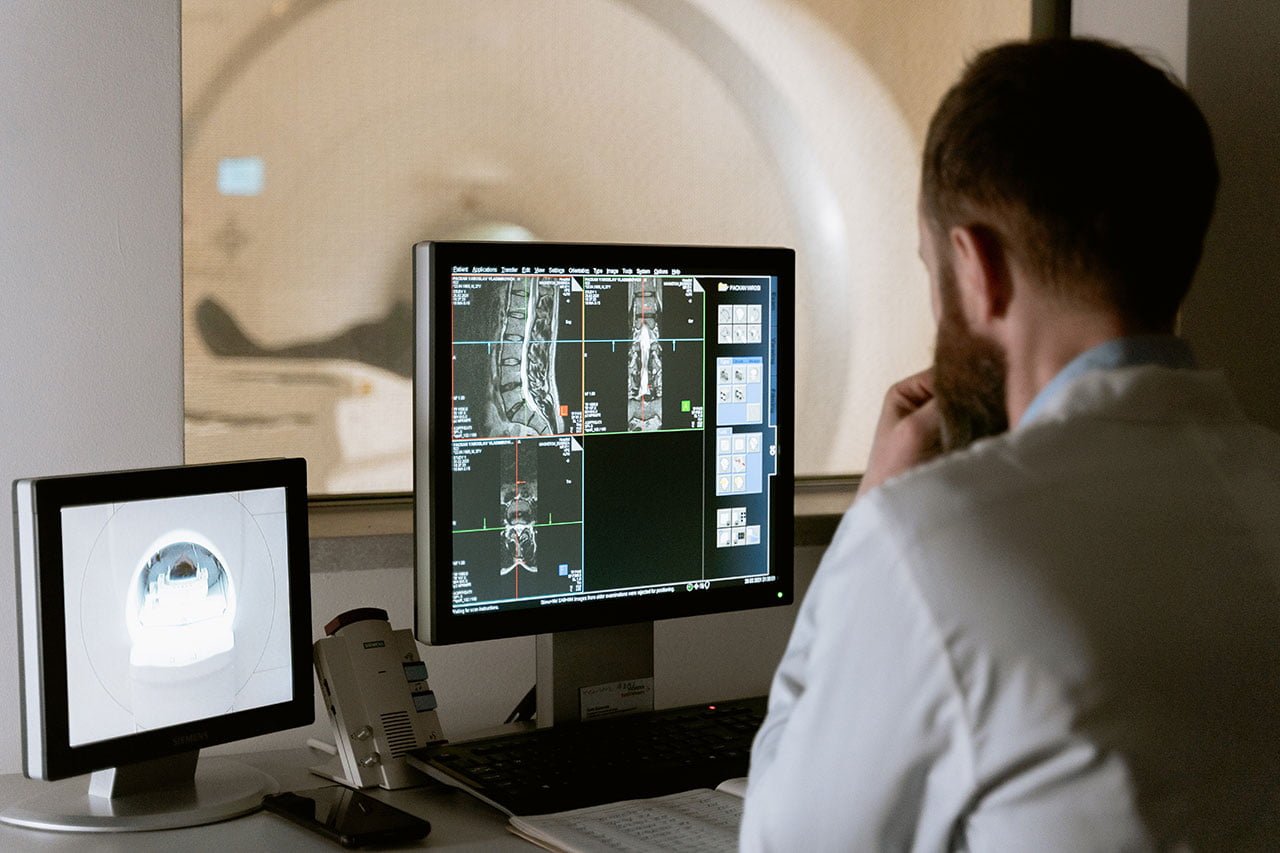
Dr. W.P. Olszynski, Rheumatologist in Saskatoon and head of the Saskatoon Osteoporosis Centre weighed in on the factors involved.
“One has to first start with the definition of elderly. ‘An elderly person, particularly over age of 65’ as documented in Canadian Webster Dictionary. The answer then is very simple. All elderly women should be screened for osteoporosis.
The real question is who should be screened earlier?
1. Women before menopause with significant risk factors (e.g. women taking medication affecting bone metabolism).
2. Women at the time of menopause, particularly with other than age additional risk factors (early menopause, strong family history of osteoporosis, fragile fracture after age 40, medications as above).
For elderly women in many cases initial tests with other risk factors will initiate treatment. Before age 65 many women are at significant risk of osteoporotic fracture and prevention should be considered.”
Women are more likely than men to get osteoporosis, especially after they’ve experienced menopause. With the slowing of estrogen and headstart with less bone than the average male, should you be getting a bone scan with your annual check-up? Read on to learn about how frequently elderly women should get a bone scan and what to expect.
Osteoporosis in Elderly Women
Older women have a higher risk of fracture than they do of breast cancer, stroke, or heart attack. 1 in 3 Canadian women will suffer from an osteoporotic fracture during their life, with 50% of hip fracture patients suffering from another fracture within five years.
Osteoporosis can cause your bones to break from a simple coughing fit. That’s why building up your bone density before 30 when you reach your peak bone mass is essential. But you don’t need to worry about getting tested for osteoporosis until the age of menopause unless it runs in your family or you belong to an at-risk group. These include:
- Drinking alcohol and/or smoking frequently.
- Already obtaining a fracture.
- Being diagnosed with osteopenia or having low bone mineral density, to begin with.
- A low body weight, typically less than 132 lbs.
- 10% or more weight loss since the age of 25.
- Having any disorders that contribute to bone loss.
- Medications that have bone loss risks, such as breast cancer medication, steroids, aromatase inhibitors, and androgen deprivation therapy.
- Early menopause (typically noted as before age 45).
Once you hit menopause, does this mean you should get a bone density test yearly? Not exactly. You can wait a while between tests unless you’ve developed osteopenia (early osteoporosis) or already developed osteoporosis.
How Frequently Elderly Women Should Get a Bone Scan
A long-term study of osteoporotic fractures revealed that older women with average bone density could wait 15 years before their following bone scan to screen for osteoporosis. 5,000 women age 67+ received 2-5 bone density tests over 15 years. A group of scientists and doctors led by Dr. Margaret Gourlay found that less than 1% of women with a normal score developed osteoporosis during the study. Only 5% who had slightly lower than average bone density developed osteoporosis.
Overall, the team found that these women could wait 15 years before seeing any change in their bone scan results and wait to be rescreened for osteoporosis. It’s best to follow your doctor’s recommended bone scan schedule so you can make any lifestyle adjustments required if you’re losing bone density.
Signs you should get a bone density test.
Osteoporosis is known as a silent disease because there are often no signs or symptoms until you’ve experienced a fracture. However, there are a few things that can point to bone loss. Just keep in mind that it may not present itself until there has been a substantial bone loss.
- Weaker grip strength.
- Receding gums from bone loss in the jaw. Your dentist can screen for this.
- Weak or brittle fingernails.
Since these signs can also happen from several other conditions or circumstances, it’s best to schedule your bone scan once you reach menopause or before if your doctor recommends it.
What to expect with your first bone density test.
Getting a bone scan is easy, painless, and only emits a small amount of radiation. The typical method today is a DXA test, aka dual-energy x-ray absorptiometry. All you need to do is lie down, relax, and stay still for a few minutes while they scan your spine and one or both of your hips.
When it comes to the test results, you’ll receive a score known as a T-score. This compares your bone density to the average of a young adult. A little bit of bone loss is considered normal, especially when you’re aging. What the doctor looks for is a rapid change or abnormal results.
If you’re below average, your score will be indicated with a (-) sign and will be measured in SD (standard deviation). A score below -2.5 indicates osteoporosis, and between -1-2.5 can be considered osteopenia. Anything -1SD or above is considered normal bone loss.
Fractures disrupt daily living and can make the most straightforward routine strenuous and challenging. While being put on bed rest or limited mobility recommendations will be part of your healing process, there are more options that can speed up recovery. The Melmak LIPUS Device is an at-home 20-minute/day treatment that has been proven to heal fresh fractures 38% faster. Contact us to get your device for faster fracture healing.
Have you ever had a bone scan? What was the process like? Were you surprised about your score? Share your experience with our readers, so they know what to expect!

